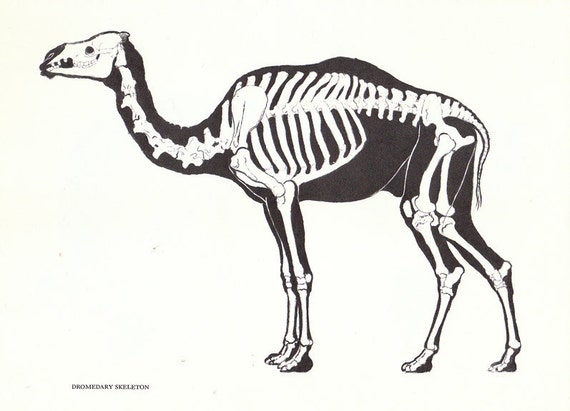With that curly language and plays that go on forever, is he really worth all the hype? Or is it all just a bunch of pretentious literary snobs trying to make themselves seem smarter than the rest of us?
Yes and... Yes? (But probably not)
Consider this...
Have you used or heard of any of these phrases? You wouldn't if there hadn't been a William Shakespeare! He invented over 2,000 words to add to the English language. Languages change all the time, adding words and some falling out of favor or being changed in context.
 |
| For even more interesting interpretations, see the Urban Dictionary (warning: explicit content in unexpected places) |
Shakespeare added over 2,000 words and phrases to the English language through his plays and we recognize some of them now but his working vocabulary was so extensive there are many others that are unfamiliar--that is one of the things to be aware of when studying his works. Be ready to learn some vocabulary! It's kind of like learning a new language and it takes practice but persevere and it will get easier!
Also, what kind of story do you like?
Adventure?
Romance?
Tragedy?
Farce?
If you like it, it's been done by Shakespeare. His plays span the whole spectrum of human emotions and adds in just enough action and fantasy to keep it moving along. If you've seen a movie with an interesting plot twist, it's likely it was already done in one of Shakespeare's plays.
And what the heck is iambic pentameter?
One of the most noticeable things about Shakespeare is the format of the verse writing. It looks kind of like poetry, even though it's telling a story. But this is a very specific style called iambic pentameter. Essentially, that means that it is written to have 4 unstressed syllables followed by 1 stressed syllable. (the iamb is the "foot" or base of the word and penta means 5, so it's a total of 5 syllables).
My proposed method for learning to appreciate Shakespeare is to:
a. absorb and explore the new vocabulary
b. map out the plots and action of the stories
c. rock to the rhythm of the language
p.s. when you become a Bard fanatic, don't be a literary snob to make someone feel bad for not appreciating the work; be the Bard advocate and say, "let me show you why he rocks".


























